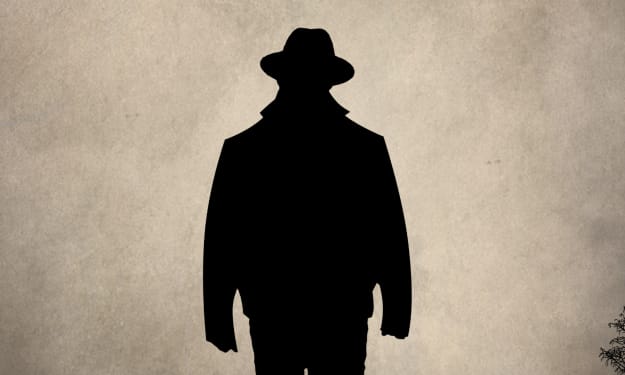
This is a story about an event that took place in 1948, set in a small village where everyone knew each other. It was a tragic chapter in history, carefully hidden and distorted, and largely forgotten in the West. The village became an example of the atrocities committed during the Nakba, a series of catastrophic events resulting in the violent displacement of hundreds of thousands of Palestinians from their homeland to create the state of Israel.
In May of 1948, the new Jewish state of Israel was established amidst bloodshed. Over time, the borders of Palestine were forcefully changed. However, historically, this region had been home to Palestinians for centuries, with numerous thriving villages and cities. Jerusalem, a central city with significant religious sites for Jewish, Christian, and Muslim people, held great importance. The majority of Palestinians in the region were Muslim, with minority Christian and Jewish native populations. Despite their distinctive culture, Palestinians were often referred to as Arabs due to their Arabic-speaking background. However, Palestinians identified themselves as Ahl Filastīn, or the people of Palestine, with a unique Arabic accent, regional food, dress, and strong family ties.
During World War I, multiple political forces vied for control over these lands. The Arab political movement sought independence from the Ottoman Empire, envisioning a unified Arab state that included Palestine. Meanwhile, the Zionist movement aimed to establish a Jewish state as a response to rising antisemitism in Europe and Russia. The British, in pursuit of expanding their influence and safeguarding trade routes to India, had their own interests in the region. Collaborating with the Arab independence movement, they promised support for an independent Arab state in exchange for assistance against the Ottomans. However, they later betrayed this promise through the Balfour Declaration in 1917, pledging support for a Jewish national home in Palestine.
Subsequently, Britain gained control of Palestine under a mandate that implemented the Balfour plans for Jewish settlement. Jewish immigration increased, leading to a rise in tensions over land, violent clashes, and the displacement of Palestinian Arab tenant farmers. The British responded by suppressing Palestinian rebellions and training Zionist militias. As Jewish migration intensified due to the rise of Hitler and the Nazi Party, Palestine faced a significant wave of Jewish emigration. Violence escalated, and Palestinian resistance was brutally crushed.
In 1947, the British handed the Palestine question to the United Nations, which proposed dividing the land into two states: one Jewish and one Arab, with Jerusalem as a separate UN-controlled entity. Palestinians, outnumbering Jewish residents at the time, could not accept the partition plan. It allocated more than half the land, including fertile areas, to the Jewish state. The plan disregarded the presence of hundreds of thousands of Palestinian Arabs, Muslims, and Christians, who had lived in the region for generations.
Despite Palestinian rejection, the UN voted in favor of partition in November 1947. On May 14th, 1948, the day before the British mandate ended, Zionists declared the state of Israel. The creation of Israel did not end the Nakba, as neighboring Arab countries went to war with Israel, resulting in further Palestinian casualties and displacement. Palestinian refugees poured into neighboring states, hoping to return home shortly. However, they were prevented from doing so, and Zionist paramilitary operations destroyed villages, exacerbating the Nakba's impact.
The Nakba encompassed both the forced displacement of Palestinians from their homes and the prevention of their return after the conflict. More than half of the Palestinian population became refugees, stateless and dispossessed of their land. Over time, the state of Israel obscured the physical evidence of an Arab Palestine, renaming places and planting forests on top of demolished Palestinian villages. Palestinian deaths during the Nakba were not meticulously recorded, but estimates suggest around.





Comments
There are no comments for this story
Be the first to respond and start the conversation.